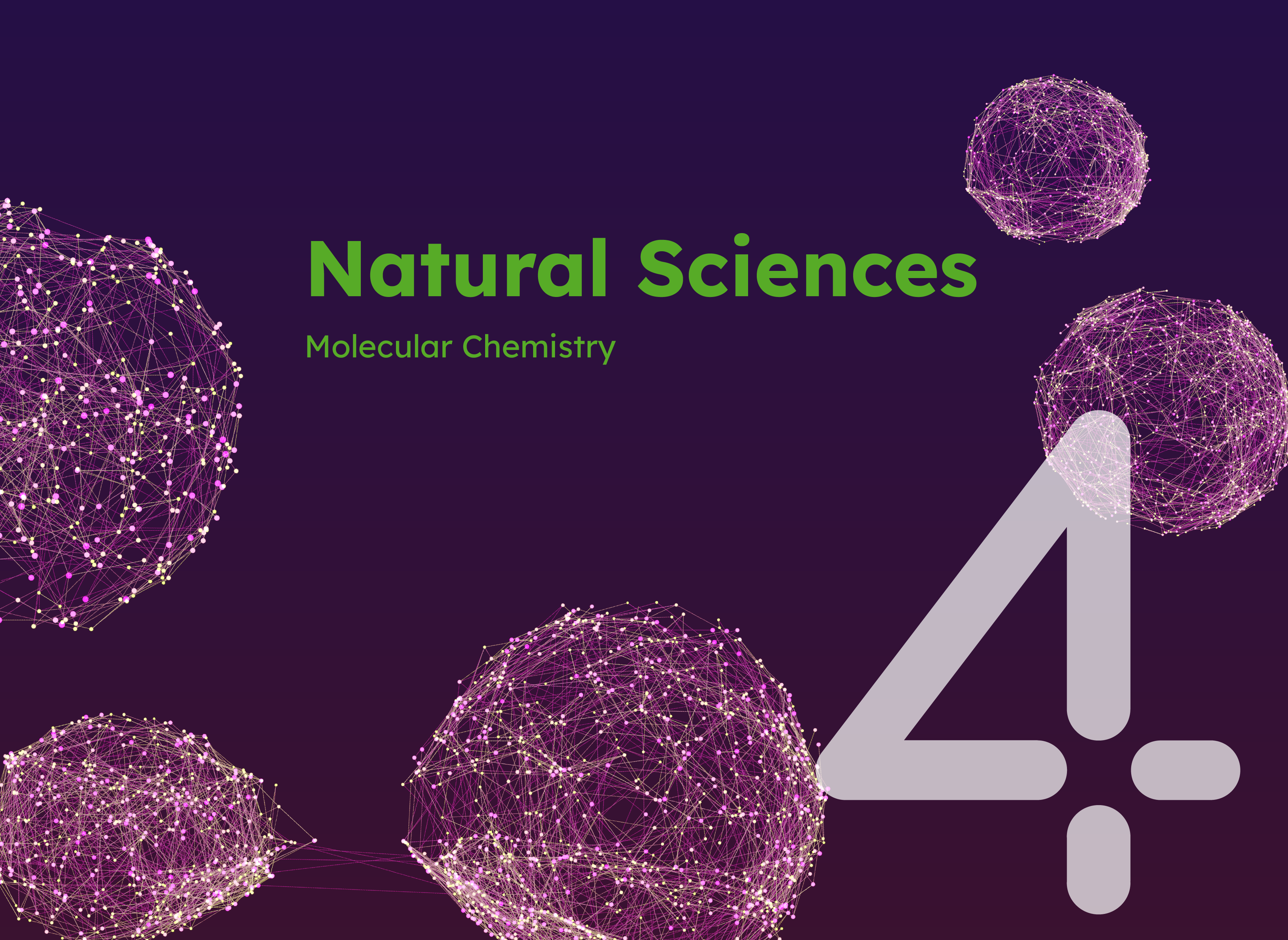Project
Molecular Volcano Plot for the CO2 Hydrogenation to Meoh With Transition Metal Pnp-Pincer Complexes
The conversion of Carbon Dioxide (CO2) to products that can reintegrate this combustion product into the chemical value chain or are potential energy carrier can significantly contribute to mitigate climate change. Among the potential molecules that are interesting for the chemical industry, Methanol (MeOH) is a promising candidate due to ist energy density and established follow-up processes that offer access to a broad range of essential bulk chemicals. The hydrogenation of CO2 to MeOH is therefore of high interest and in need of an efficient catalytic system that is able to enhance the MeOH yield and requires a low energy input and thus moderate reaction conditions like low pressures and temperatures. A rational design of catalysts can bring a large step forward to arrive at a novel catalytic system that can fullfill these requirements. Therefore potential catalyst lead structures will be evaluated computationally for their activity in this reaction, based on the mechanistic understanding generated in our previous work to later synthezise the most potent complexes in the laboratory.
Project Details
Project term
November 1, 2021–October 31, 2022
Affiliations
RWTH Aachen University
Institute
Institute of Technical and Macromolecular Chemistry
Principal Investigator
Methods
This project has been carried out with geometric structure optimization with state of the art density functional (DF) calculations followed by single point calculation of electronic energies with the more accurate DLPNO-CCSD(T) method .
Results
As a lead structure for the metal complexes the MACHO-type tridentate ligand framework was chosen. Among the different metal centers that were screened for the reaction Ru shows the lowest energy span (ES) for the reaction and is thus expected to yield the most active catalyst. Among the base metals, iron also showed promising ES. Within the ligand backbone, a substitution of an Ethyl-bridge with Silicon atoms bearing Methyl groups enhanced the catalytic activity, as well as electron withdrawing groups at the phosphorous residues.
Discussion
The identification of promising candidates for the laboratory synthesis facilitates the screening of catalysts by reducing the scope of required material. As key descriptors for the catalytic activity acidity of the NH-group of the bifuncational ligand, the hydricity of the metal complex and the binding energy of oxygen to the metal were used. It was found that among these properties non-linear dependencies exists, that make it difficult to arrive at a linear scaling relationship between the activity and one single property. Nevertheless rough estimates for trends were the increasing ES with increasing pKA of the NH-group.
5. Keywords: Molecular catalysis, DFT, CO2, methanol.
Additional Project Information
DFG classification: 301 Molecular Chemistry
Software: Gaussian16, ORCA
Cluster: CLAIX
